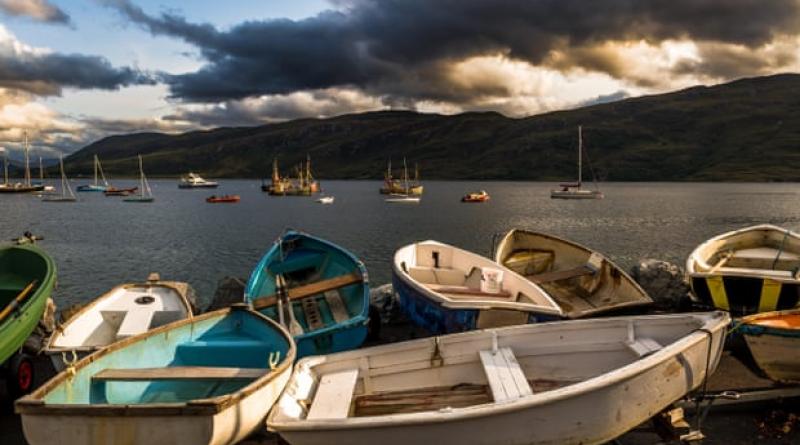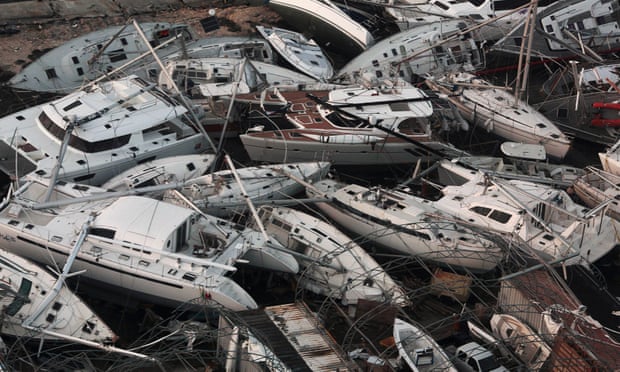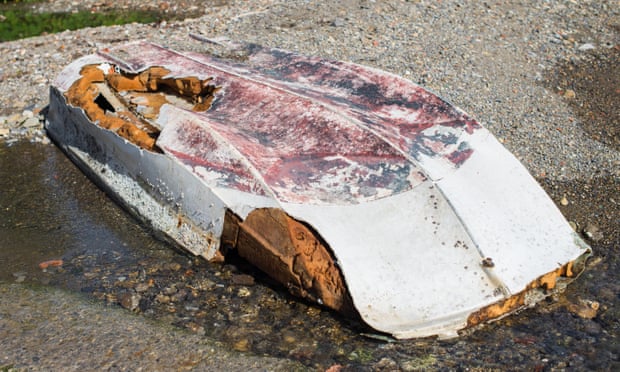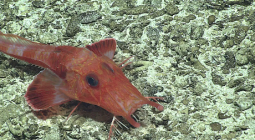Nautical not nice: how fibreglass boats have become a global pollution problem.

Fibreglass fuelled a boating boom. But now dumped and ageing craft are breaking up, releasing toxins and microplastics across the world.
Where do old boats go to die? The cynical answer is they are put on eBay for a few pennies in the hope they become some other ignorant dreamer’s problem.
As a marine biologist, I am increasingly aware that the casual disposal of boats made out of fibreglass is harming our coastal marine life. The problem of end-of-life boat management and disposal has gone global, and some island nations are even worried about their already overstretched landfill.
The strength and durability of fibreglass transformed the boating industry and made it possible to mass produce small leisure craft (larger vessels like cruise ships or fishing trawlers need a more solid material like aluminium or steel). However, boats that were built in the fibreglass boom of the 1960s and 1970s are now dying.
We need a drain hole for old boats. We can sink them, bury them, cut them to pieces, grind them or even fill them with compost and make a great welcoming sign, right in the middle of roundabouts in seaside towns.
But there are too many of them and we’re running out of space. To add to the problem, the hurricane season wreaks havoc through the marinas in some parts of the world, with 63,000 boats damaged or destroyed after Irma andHarvey in the Caribbean in 2017 alone.

Most boats currently head to landfill. However, many are also disposed of at sea, usually by simply drilling a hole in the hull and leaving it to sink someplace offshore.
To take one example, researchers from Plymouth University found high concentrations of copper, zinc and lead in sediment samples and inside the guts of ragworms in two estuaries in eastern England (Orwell and Blackwater). These contaminants greatly exceeded the environmental quality guidelines, and came from peeling paints from boats abandoned nearby.

Since no registration is needed for leisure vessels, the boats are often dumped once the cost of disposal exceeds the resale value, becoming the liability of the unlucky landowner. Human health hazards arise from chemicals or materials used in the boat: rubber, plastic, wood, metal, textiles and of course oil. Moreover, asbestos was employed extensively as an insulator on exhausts and leaded paints were commonly used as a corrosion inhibitor, alongside mercury-based compounds and tributyltin (TBT) as antifouling agents. Although we lack evidence on the human impact of TBT, lead and mercury are recognised as neurotoxins.
And then there are the repairs – grinding away at fibreglass boats, often in the open, creates clouds of airborne dust. Workers have not always worn masks and some succumbed to asbestosis-like diseases. Inevitably, some of the dust would find its way back into the water.
The fibreglass is filtered by marine shellfish (in my own research I found up to 7,000 small shards in oysters in Chichester Harbour in southern England) or cling on the shells of tiny water fleas and sink them to the seafloor. The particulate material accumulated in the stomach of shellfish can block their intestinal tracts and eventually lead to death through malnutrition and starvation.
The microparticles stuck on water fleas may have repercussions for swimming and locomotion in general, therefore limiting the ability of the organisms to detect prey, feed, reproduce, and evade predators. There is huge potential for these tiny specks of old boats to accumulate in bigger animals as they are transferred up the food chain.
Those microparticles are the resins holding the fibreglass together and contain phthalates, a massive group of chemicals associated with severe human health impacts from ADHD to breast cancer, obesity and male fertility issues.
Abandoned boats are now a common sight on many estuaries and beaches, leaking heavy metals, microglass and phthalates: we really must start paying attention to the hazard they pose to human health and the threats to local ecology.
-
Corina Ciocan is a senior lecturer in marine biology at the University of Brighton
6 August 2020
The Guardian




